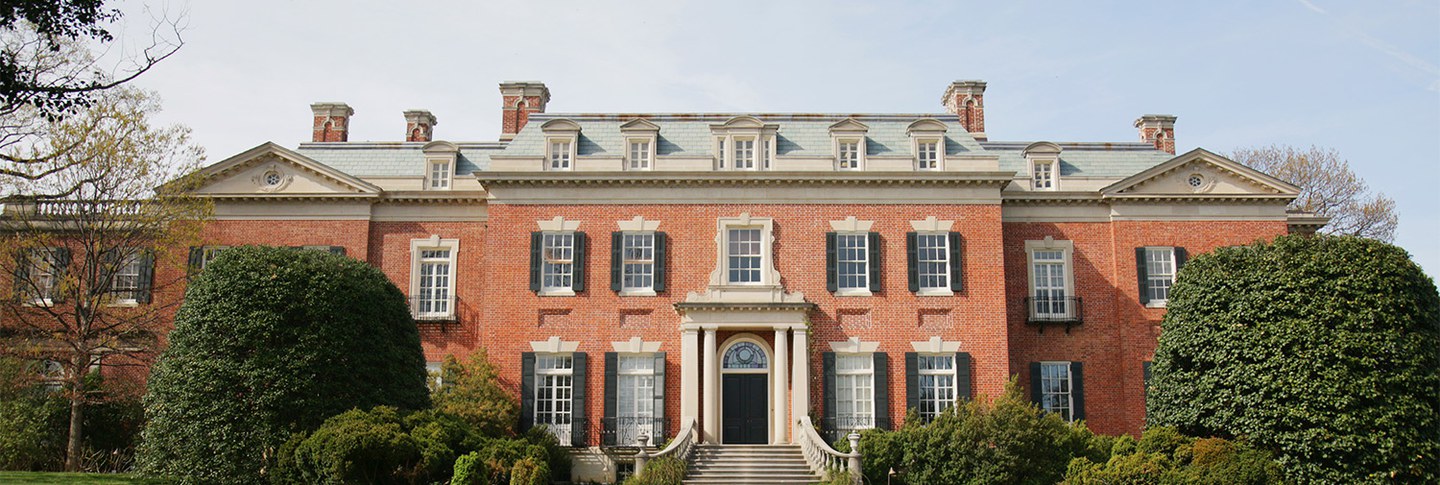For Immediate Release
December 18, 2018
Media Contact:
Erica Bogese
Communications Manager
(202) 749-8978
bogesee@doaks.org
WASHINGTON – An early trip to Peru, the first of many, transformed William J. Conklin’s life forever and sparked his interest in the people and cultures of the Andes, particularly ethnographic and Pre-Columbian textiles. An architect by training, he became a self-taught archaeologist and prolific author. Specializing in the technical analysis and interpretation of Andean textiles, he transformed the field of textile studies itself. He was also a pioneer in the study of the Wari khipu.
Conklin’s academic interest is reflected in the collection he donated to Dumbarton Oaks. It consists of 136 pre-Columbian and ethnographic objects, mostly textile fragments of exquisite manufacture, seven of which are khipu, which will be on display in the spring of 2019, as part of a special exhibition, Written in Knots: Undeciphered Accounts of Andean Life. William Conklin donated this remarkable collection to Dumbarton Oaks before his death in November 2018. Conklin’s passion for fiber structures can be seen though the diversity of textile structures, representing multiple techniques, which comprise this collection.
This gift includes textiles, three-dimensional objects, and khipu of Wari, Inka, and Colonial origin. Like Dumbarton Oaks co-founder Robert Bliss, Conklin was very fond of Wari textiles, and this interest is reflected in this collection. More than half of the Pre-Columbian objects are Wari, Wari-influenced or contemporary with the Wari (Middle Horizon, 600-1000 CE). Other cultures, like Inka, Nazca, and Moche, are represented in smaller numbers. Conklin’s generous donation of Pre-Columbian and twentieth century objects will contribute greatly to the study of khipu and Pre-Columbian textiles at Dumbarton Oaks and provide a strong foundation for future research.
###
About Dumbarton Oaks
Dumbarton Oaks Research Library and Collection is the legacy of Robert and Mildred Woods Bliss, collectors and patrons of art and scholarship in the humanities. The multiple aspects of the Blisses’ gift include historic gardens and buildings, world-class collections for researchers and the public to enjoy, and generous support for fellowships and scholarly endeavors on the local, national, and international levels. Dumbarton Oaks is a research institute of Harvard University that exists to further and publish research in the three areas of study: Byzantine Studies, Pre-Columbian Studies, and Garden and Landscape Studies. Residential fellowships for an academic year, semester, or summer are awarded in all three areas of study to scholars from around the world. In addition, Dumbarton Oaks offers one-month non-residential awards to researchers and short-term pre-doctoral residencies to advanced graduate students. Each of the three programs of study supports and disseminates research in its relevant fields through an annual symposium; a program of public lectures, informal talks, and colloquia; and publications. The Dumbarton Oaks Museum contains the Byzantine Collection, one of the finest collections of artifacts from the Byzantine Empire with more than twelve hundred objects from the fourth to the fifteenth centuries. The Robert Woods Bliss Collection of Pre-Columbian Art is housed in the Pre-Columbian Pavilion, designed by architect Philip Johnson. This collection comprises objects from the ancient cultures of Mesoamerica, the Intermediate Area, and the Andes. The House Collection consists primarily of the historic interiors, Asian, European and American artworks, and interior furnishings. Ten acres of formal gardens surround the 1801 Federal-style house. Mildred Barnes Bliss worked closely with renowned landscape designer Beatrix Farrand to transform the land surrounding the house into terraced gardens and vistas. The Dumbarton Oaks Research Library has extensive holdings in our three dedicated areas of study and the Rare Book Collection is strong on works of landscape architecture, botany, and horticulture, while also reflecting the research focus of Dumbarton Oaks. The Image Collections and Fieldwork Archives (ICFA) documents and preserves material from fieldwork and the Dumbarton Oaks Archives inventories, conserves, stores, and makes accessible the institute’s past, current, and future records and artifacts.

